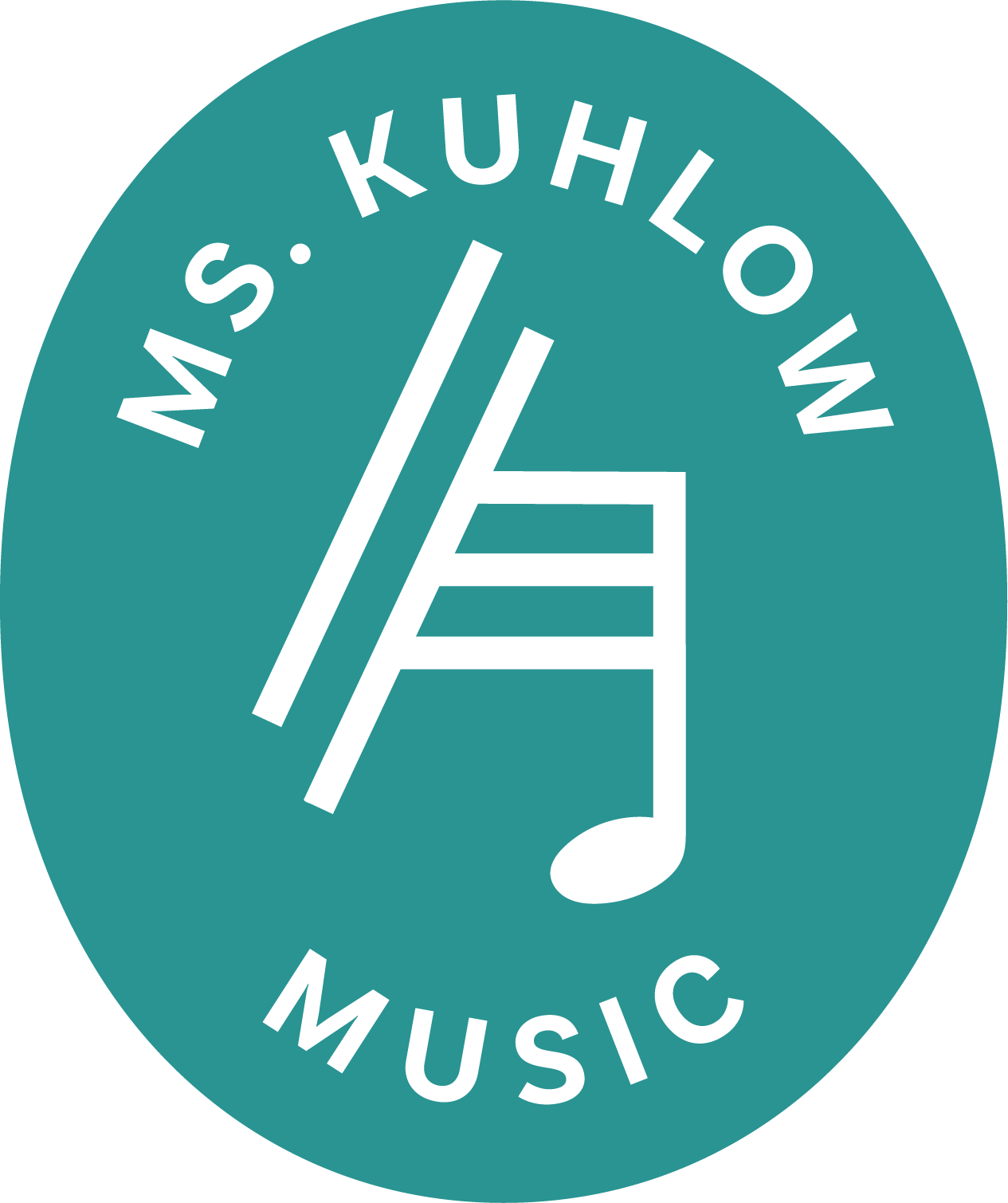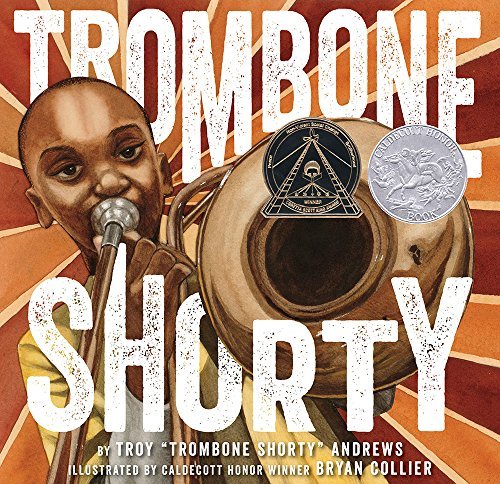Children's Literature and Music
CHILDREN'S LITERATURE
AND MUSIC
The importance of Quality Literature in music education is something that was engrained in me from the very start of my teaching career.
My first cooperating teacher, Mrs. Vriezen, showed me how to adapt classic children's books for full blown music lessons.
I discovered Dr. Feierabend's adaptations of folk songs into picture books at a conference in Boston between my first and second years in the classroom.
I've learned over the years how to analyze literature and for creative use with my students but also to assess the quality of the literature itself.
Consuming quality literature is as important for brain development as consuming quality nutrition is for our bodies. How do we determine the nutritional quality of the literature we are selecting for our children?
TImeless Topics
What is the topic or purpose of the book? Children’s literature should be stretching the imagination and laying groundwork for a child to have an appetite for literature. Make-believe is essential but the story should be something that adults can also be excited to read over and over again.
familiar Melodies
Did you know that many of the classic melodies we grow up with only use 3-5 pitches? For your littles, keep the melodies and the story simple. You are planting seeds for them to create their own stories later on. If it is too complicated, creating their own story or song will not seem plausible.
Rhyme Schemes and Patterns
The scholastic book fair, of all places, is where I have found some great picture books to use for music lessons! Beware of just a pretty cover though; assess for simple rhyming (avoid books that change the rhyme scheme/pattern during the story).
Where to start? The following are some ways to build your child’s library and ways to incorporate music into their reading!
1. Classic Folk Tales and Folk Songs
Folk tales can range from being silly, whimsical stories for fun to cautionary tales that help us deal with some of life’s difficult truths.
Here's a little sample of one of my favorite folk song books, "The Tailor and the Mouse"
You can find the John Feierabend’s series of folk song adaptations here!
2. Picture Books for Vocal Explorations & Improvisation
Picture books that have a lot of onomatopoeia, such as “Say Zoop!” are a great way to explore different voices with your child. Your child can also improvise using books with little to no words by creating conversations between the characters.
Moriah Holmes has created an AMAZING resource for parents and teachers!
She has created an index of over 700 books to use with music complete with age level, teaching concept, and lesson ideas.
Mrs. Holmes is a wealth of creative ways to use books for music.
I HIGHLY suggest everyone give her a follow on Instagram and check out all of her resources on TpT!
3. Musical Biographies
Historical figures are in fact really people… something that children may not really realize! Whenever I teach about a composer, we talk about their “stats”, but we also want to learn about who they are as a person. What was their favorite food? Did they have a lot of friends? What would they do on a typical Saturday night? When they realize that people are just people, the amazing things they have done with their lives become things we feel like we can achieve as well!
Musical biographies and informational texts are a fun way to get those conversations started. Check out stories about the jazz giant Ella Fitzgerald, the innovative Trombone Shorty, or the father of written musical notation Guido d’Arezzo!
What is your favorite way to use children’s literature for music time in your home? Let me know in the comments!





